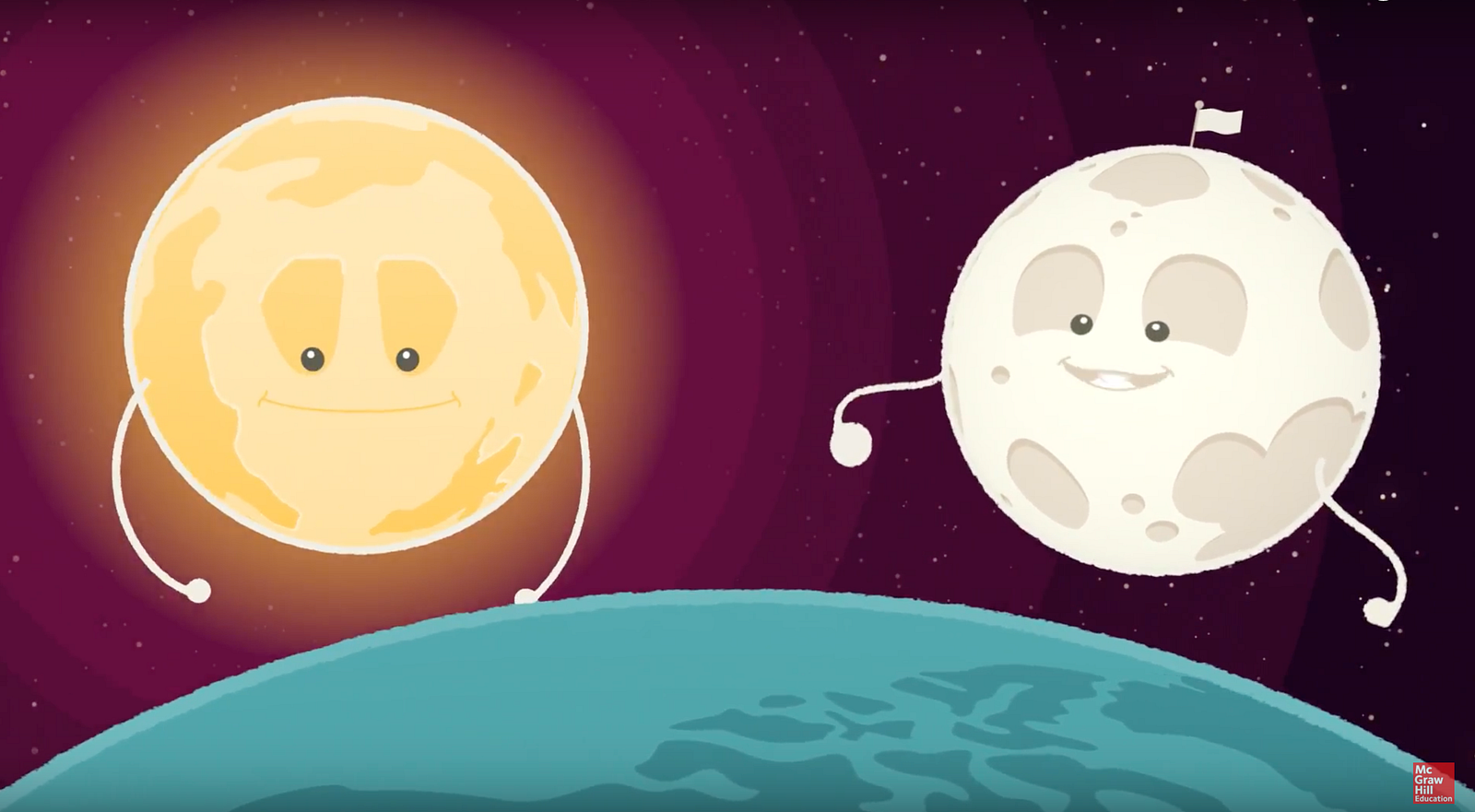Watch: Teaching Students About the 2017 Total Solar Eclipse
An Animation for Science Teachers, Parents, and Kids!

In a few days, the United States will bear witness to a total solar eclipse — a spectacular celestial event that’s rarely visible from any specific location on earth. The last time a total solar eclipse passed from coast to coast in the U.S. was 1918, and it won’t visit the U.S. again until 2024 — and in that occurrence, it will hit fewer states.
That means that the 2017 eclipse is likely a once-in-a-lifetime learning opportunity for children across the country. To make the science behind the event accessible for young learners, we’ve created a fun animation featuring the stars of eclipse: the one and only Moon, and her pal, Sun. Check it out here:
To learn more about the 2017 total solar eclipse, explore the following resources:
- Space.com → Total Solar Eclipse 2017: When, Where and How to See It (Safely)
- NASA → Eclipse: Who? What? Where? When? and How?
- The National Weather Service → 2017 Total Solar Eclipse
- The National Parks Service → 2017 Solar Eclipse
- National Geographic → How to See the Best Solar Eclipse in a Century
- National Geographic → How to Photograph a Solar Eclipse
NASA will be live-streaming the eclipse on the day of the event here:
Watch NASA's video streams of the August 21, 2017 total solar eclipse, broadcast on NASA television and live from…www.nasa.gov
Be aware that there are counterfeit eclipse glasses on the market. Find a list of vendors approved by the American Astronomical Society here, and NASA safety info here.